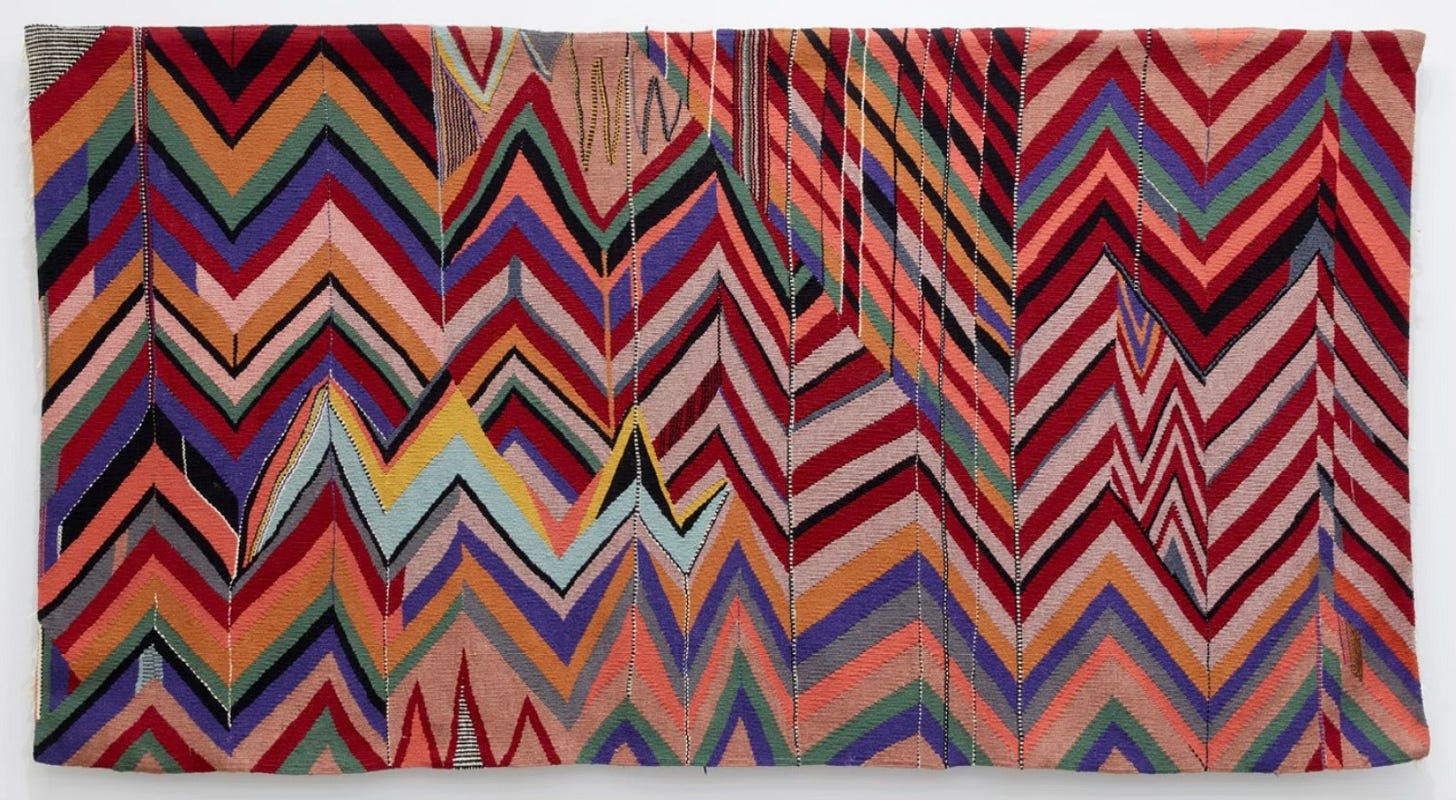
Dear Friends,
Lately, I’ve been hungry for seeing.
I find myself walking through the spring of the city with restless eyes, which the sight of leaves and flowers somehow cannot satisfy. So I take myself to the galleries to see what might happen to me there.
— Sal
What My Eye Wants to See
Teresa Lanceta is a Spanish textile artist born in 1951. She is well known in Europe, but this is her first solo gallery show in New York. The show, titled, Tracing the threads, I find you, (at Sikkema Molloy Jenkin) features woven wall hangings made with rug techniques learned from her time among Berber women. There are also pieced and stitched canvases and a suite of drawings. You could fall in to any of them, but for me it’s the weavings.
I’ve been wondering these days what it is that my eye is hungry to see. It seems it is hungry to see time, the existence of time. It seems it is hungry to see making. One strand of wool, then another, pushed through the warp and beaten with a comb. I’m hungry to see the evidence of solitude, play, and investigation.
I suppose I’m talking about beauty, but it's not beauty in the abstract; I am hungry for a particular beauty, one that sees me as much as I see it.
Among stripes, zizgags, triangles, diamonds, circles, and undulating lines, among the red-browns and dark blues, among the oranges, golds, greens and creamy whites, my breath catches and then sighs out.
My eyes pull close to the weft. The structure of the work is completely visible, and thus invites the fantasy of making. This is what the artist calls the “open source” of weaving: anyone familiar with the technique could recreate what they see.
A woman visiting the gallery strikes up a conversation. “They're beautiful, aren't they?” I can only agree. We're both taking pictures of the colors, and the details of the weave. We’re looking with our eyes, and looking with our lenses.
“What do you especially like about them?” I ask.
“She's obviously delighting herself,” the woman says.
We’re both looking at Geometría Tejida #2, which has a large area of regular triangular shapes in alternating cream and red or red-brown. Below these is a zone of muted green scattered with a quirky crew of medallions and emblems, none quite alike. There’s something humorous about the way the top section relates to the bottom.
“Suprising,” says the woman. “Playful.”
As for me, I’m looking, especially, at the backs of the pieces. Three of the works hang freely from the ceiling, and by circling them you can see the fronts and backs equally. On one side is the neater weave of the pictorial plane, and on the other the dangling and knotted threads that mark where the colors are changed out.
When a piece is hanging from the wall, I peer behind to see into that intimate, slightly forbidden, space.
Tracing the threads, I find you
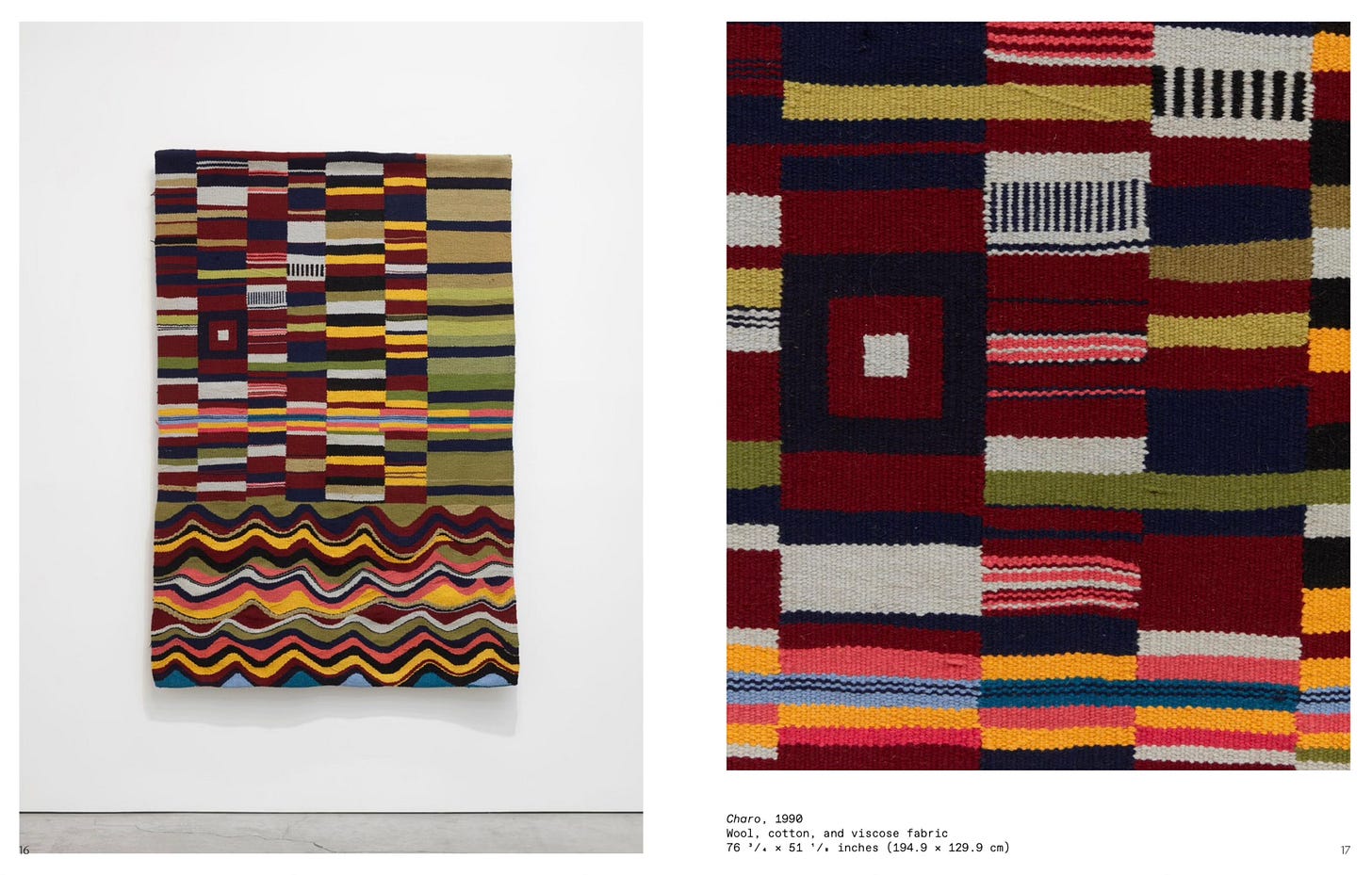
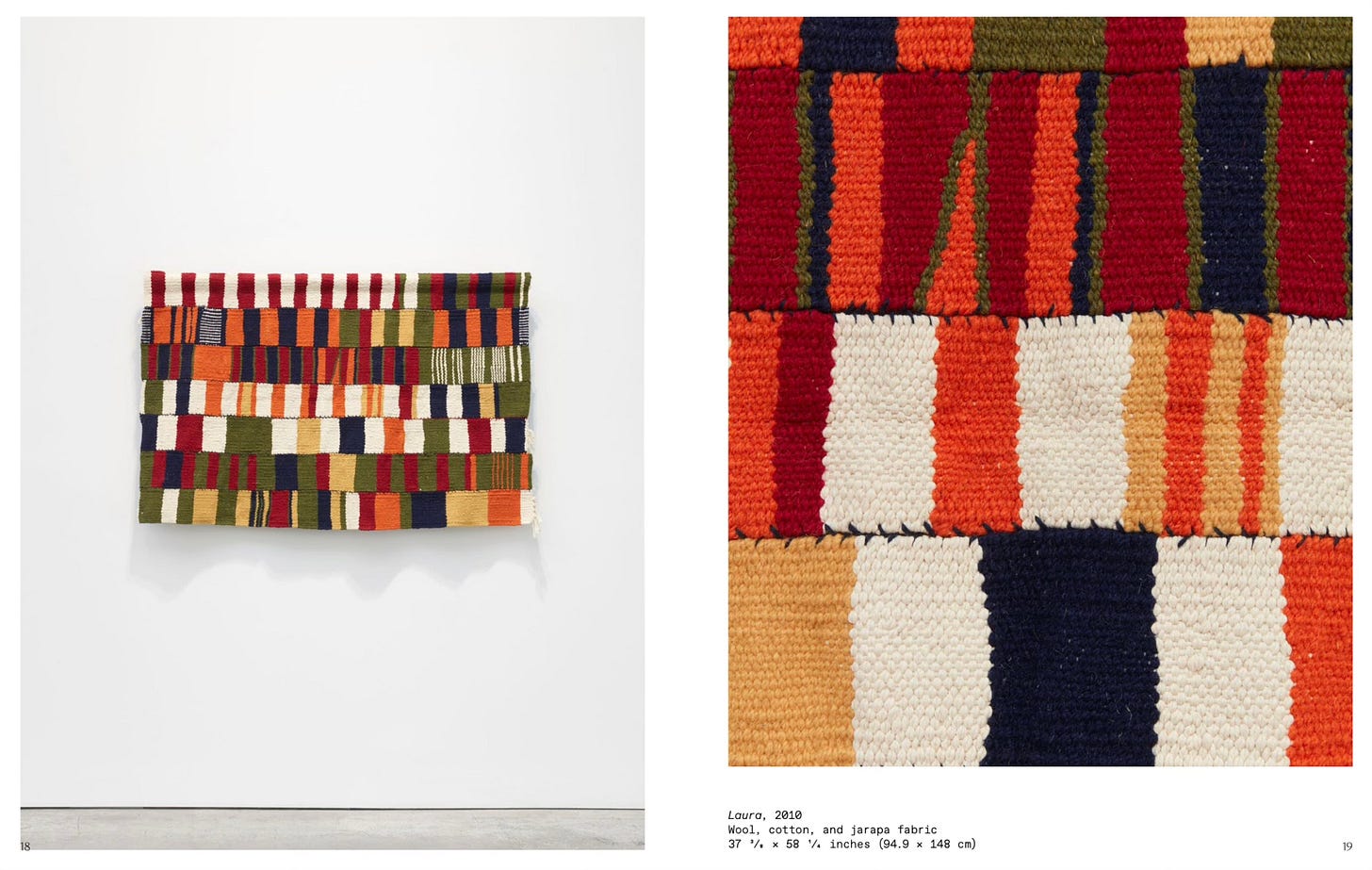
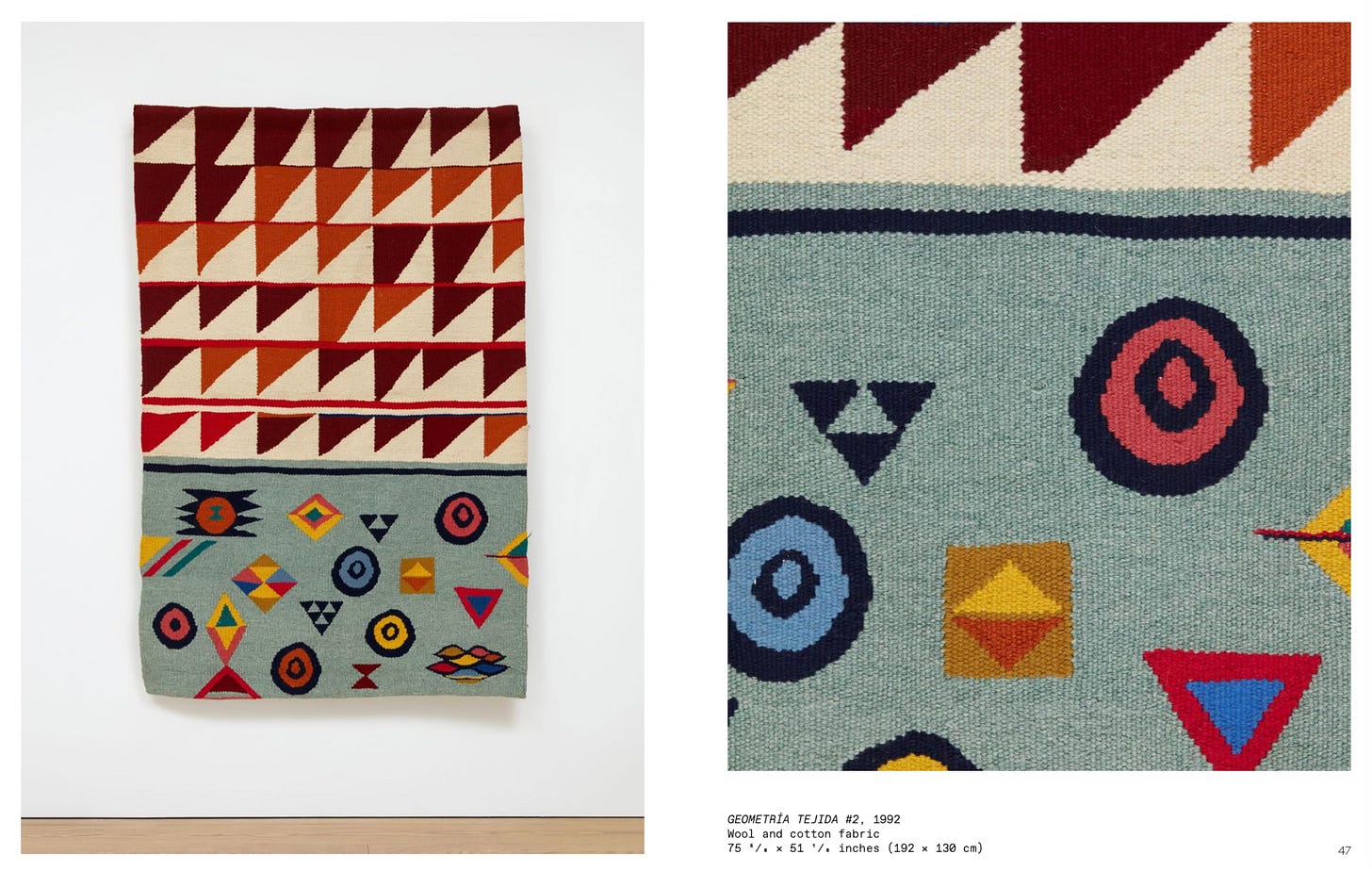
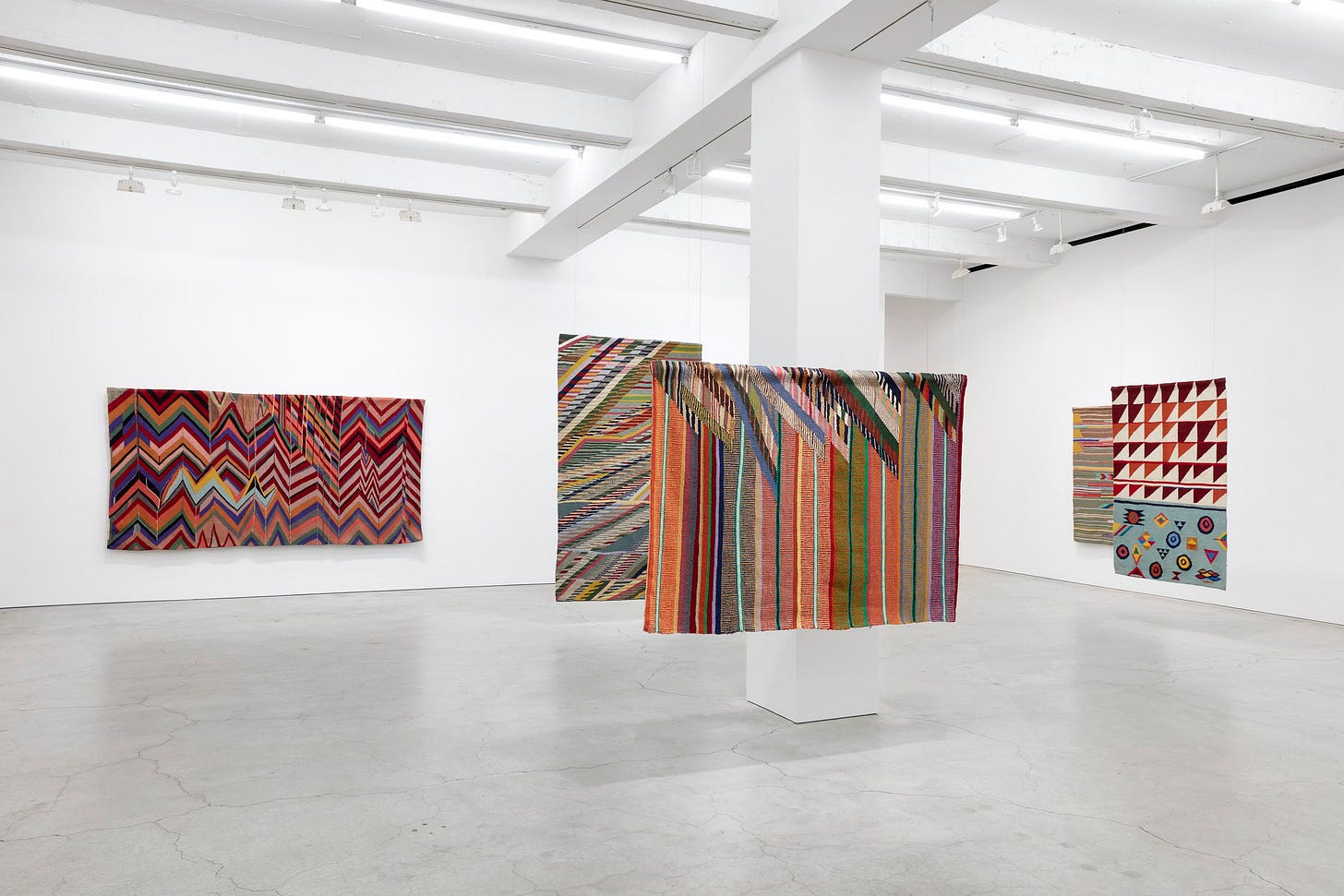
Between the Work and the Wall
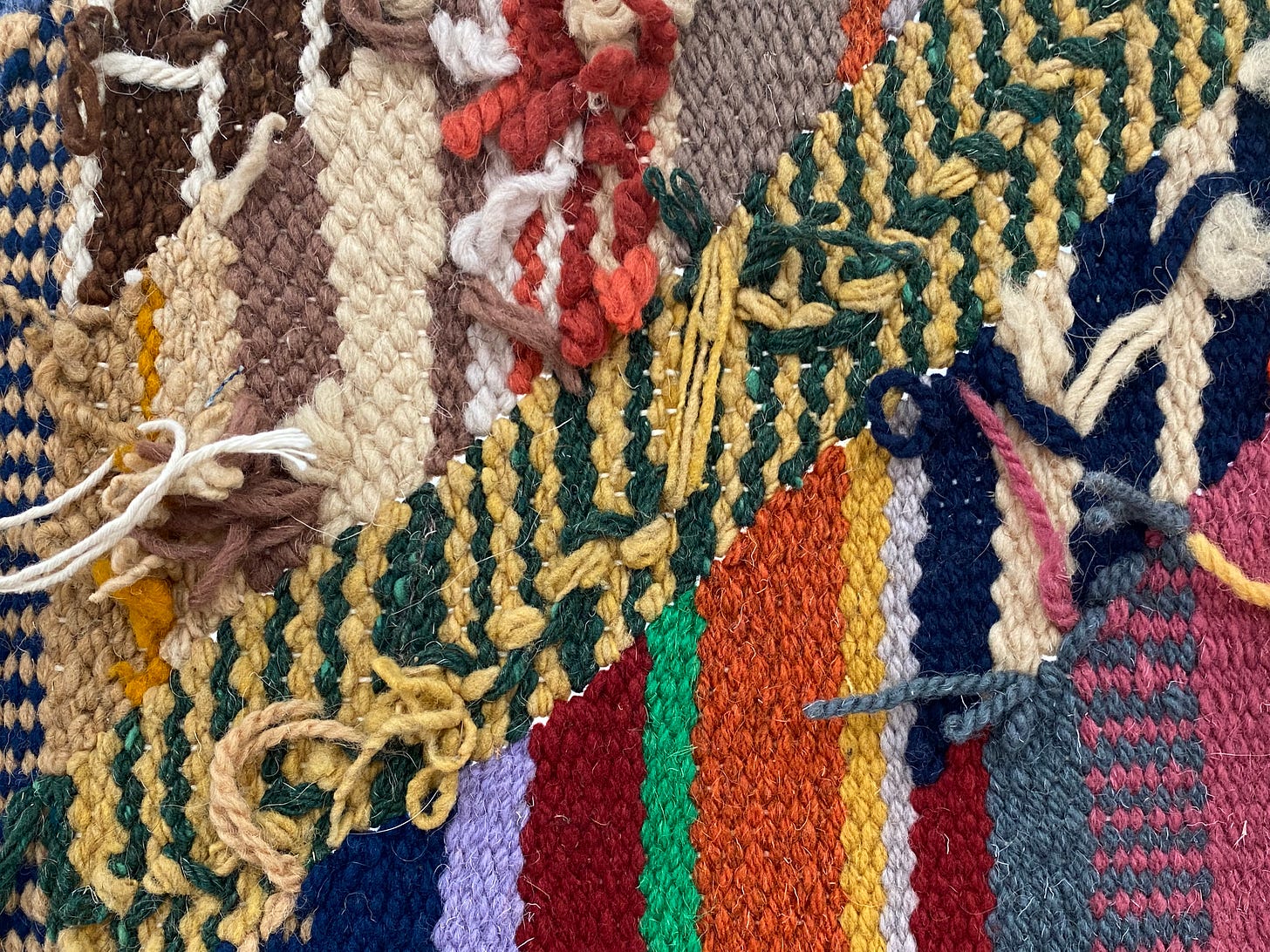
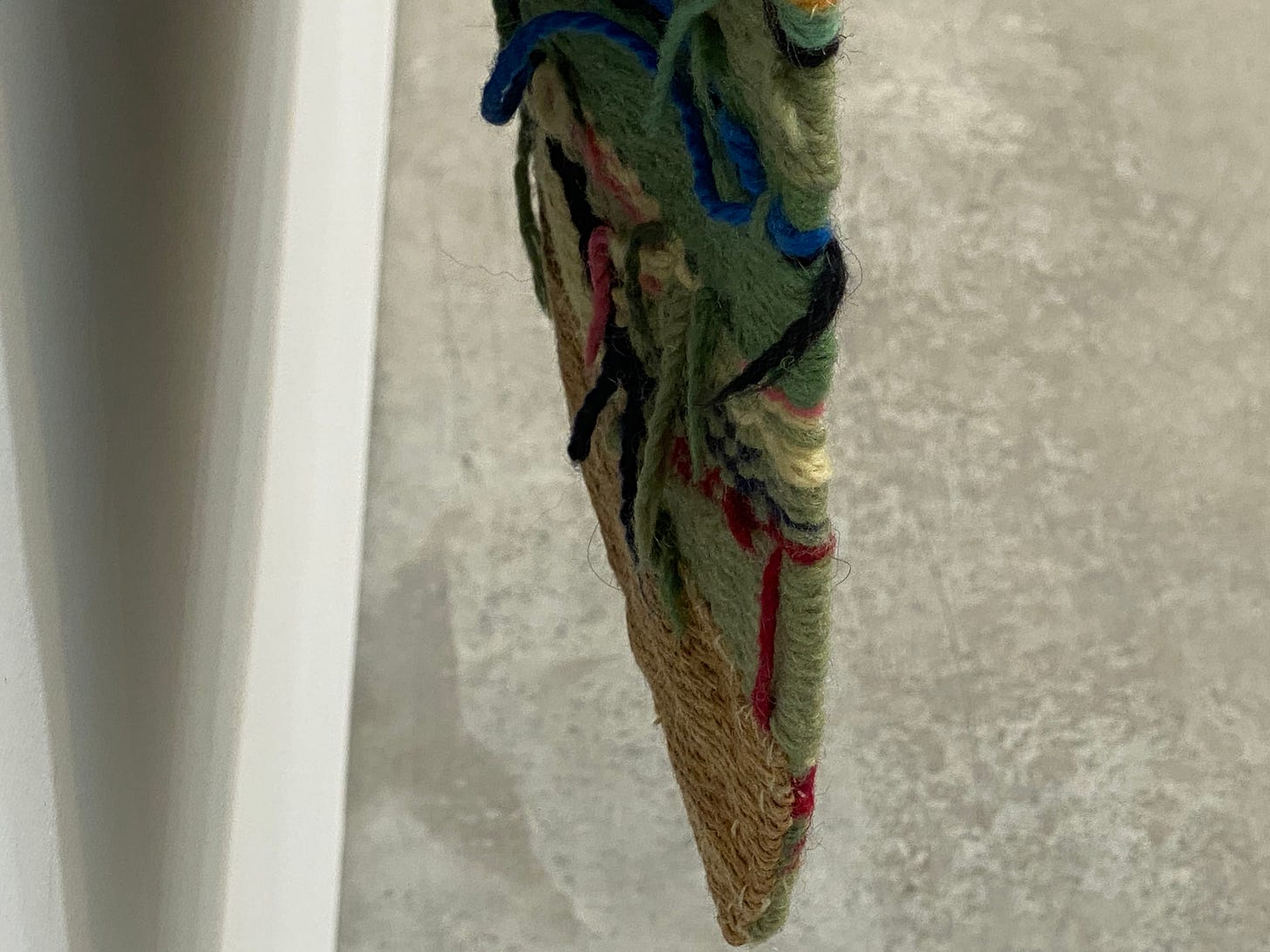
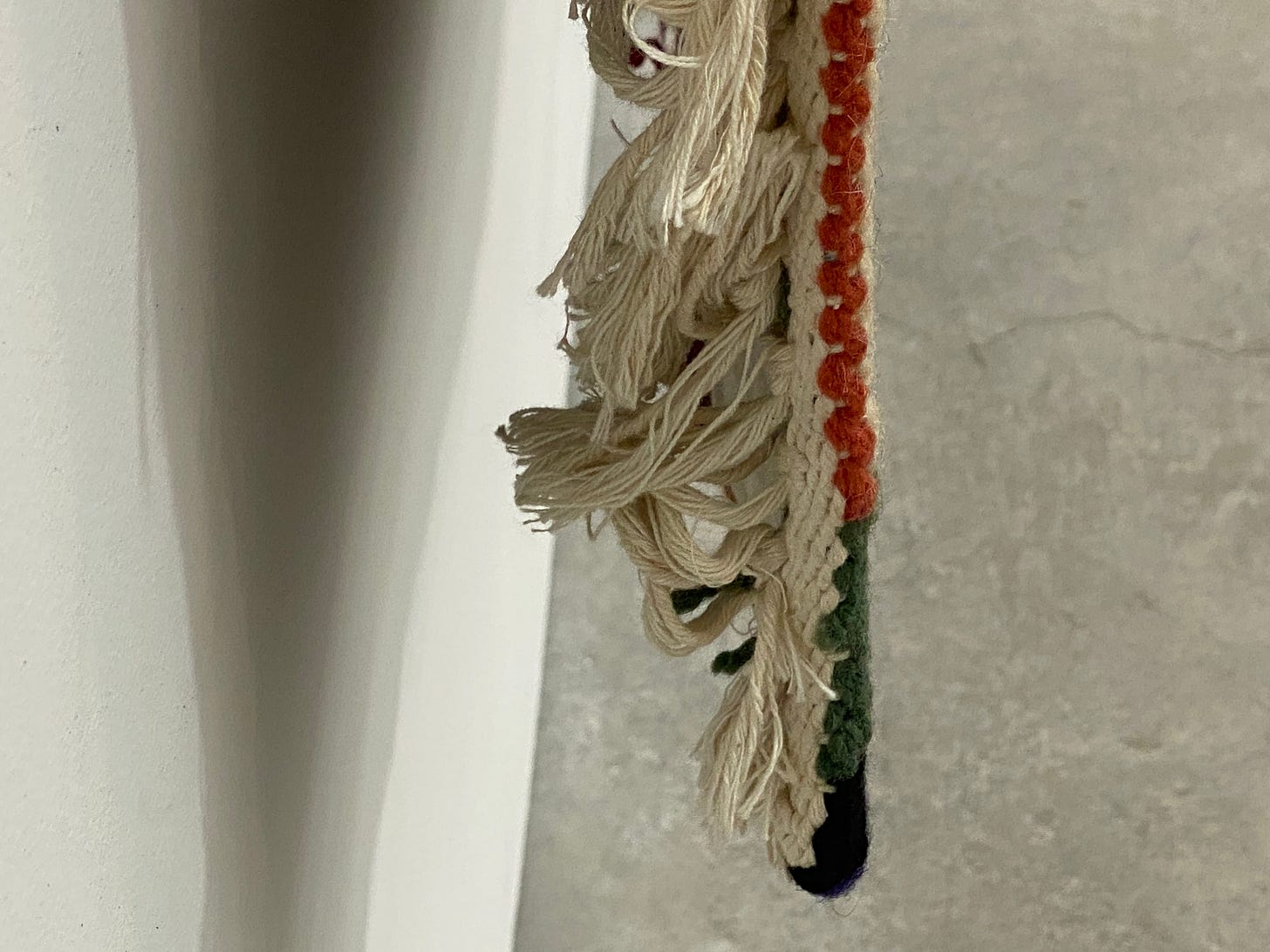
Teresa Lanceta
Teresa Lanceta’s exhibition, Tracing the threads, I find you, is on view through May 17 at Sikkema Malloy Jenkins in New York.
Two pieces by Teresa Lanceta are also part of the exhibition Woven Histories: Textiles and Modern Abstraction at the Museum of Modern Art through September 17.
The Voice of the Artist: Teresa Lanceta (with English subtitles)
What is your eye hungry for these days?
Further adventures and new ways of seeing can be found in my book, The Uses of Art.
Artist Sal Randolph’s THE USES OF ART is a memoir of transformative encounters with works of art, inviting readers into new methods of looking that are both liberating and emboldening.
Dazzlingly original, ferociously intelligent.
— Michael Cunningham
A joyful, dazzling treasure-box of a book.
— Bonnie Friedman
Here’s a guide, to waking up, over and over again.
— Roshi Pat Enkyo O’Hara





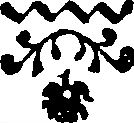
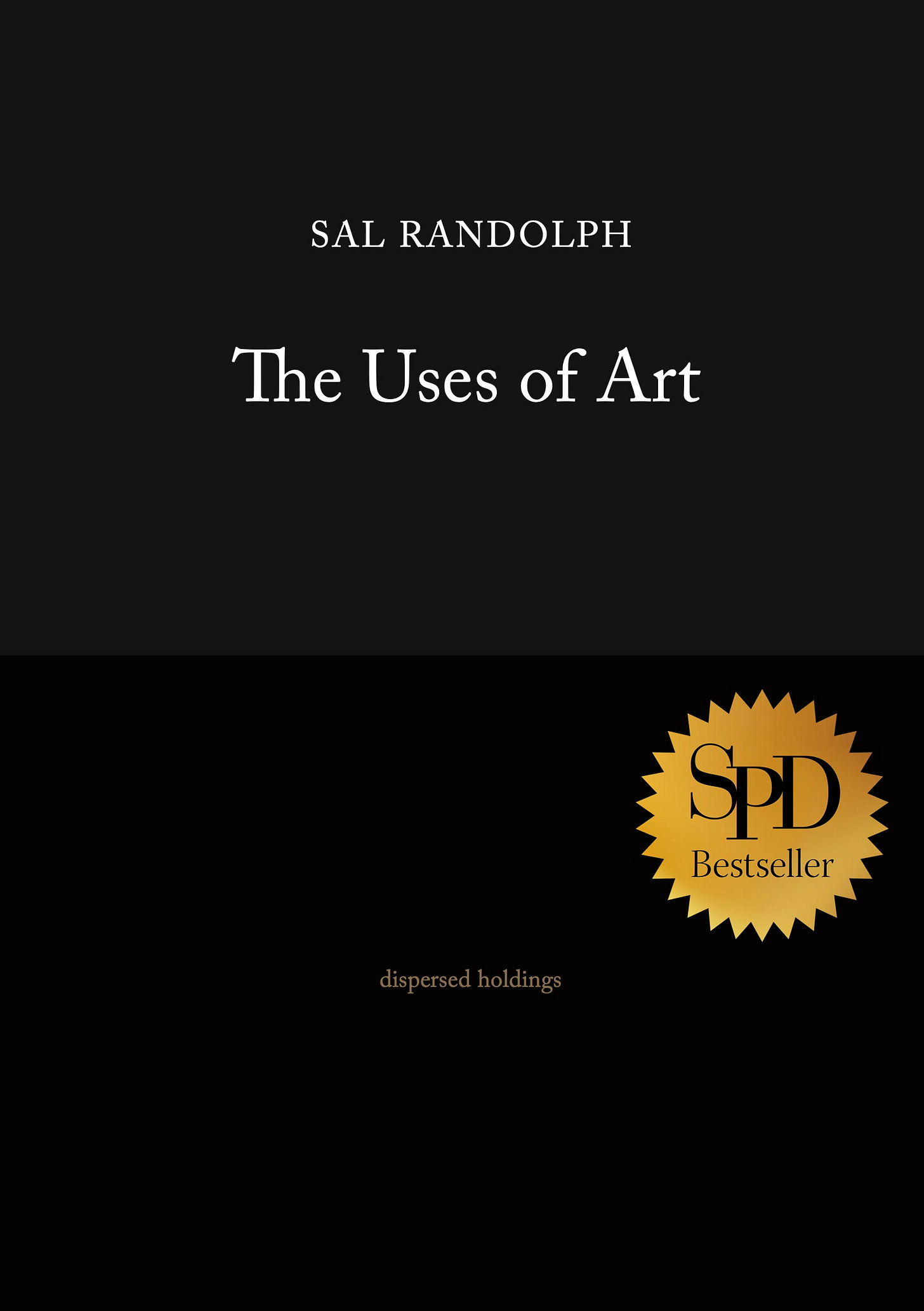
Wildflowers in my garden.Every few days something colorful and magical appears in shape and form.An endless kaleidascope of gifts from Mother Earth.
Hungry for evidence of solitude and play... A lovely, meaningfully poetic essay. ❤️